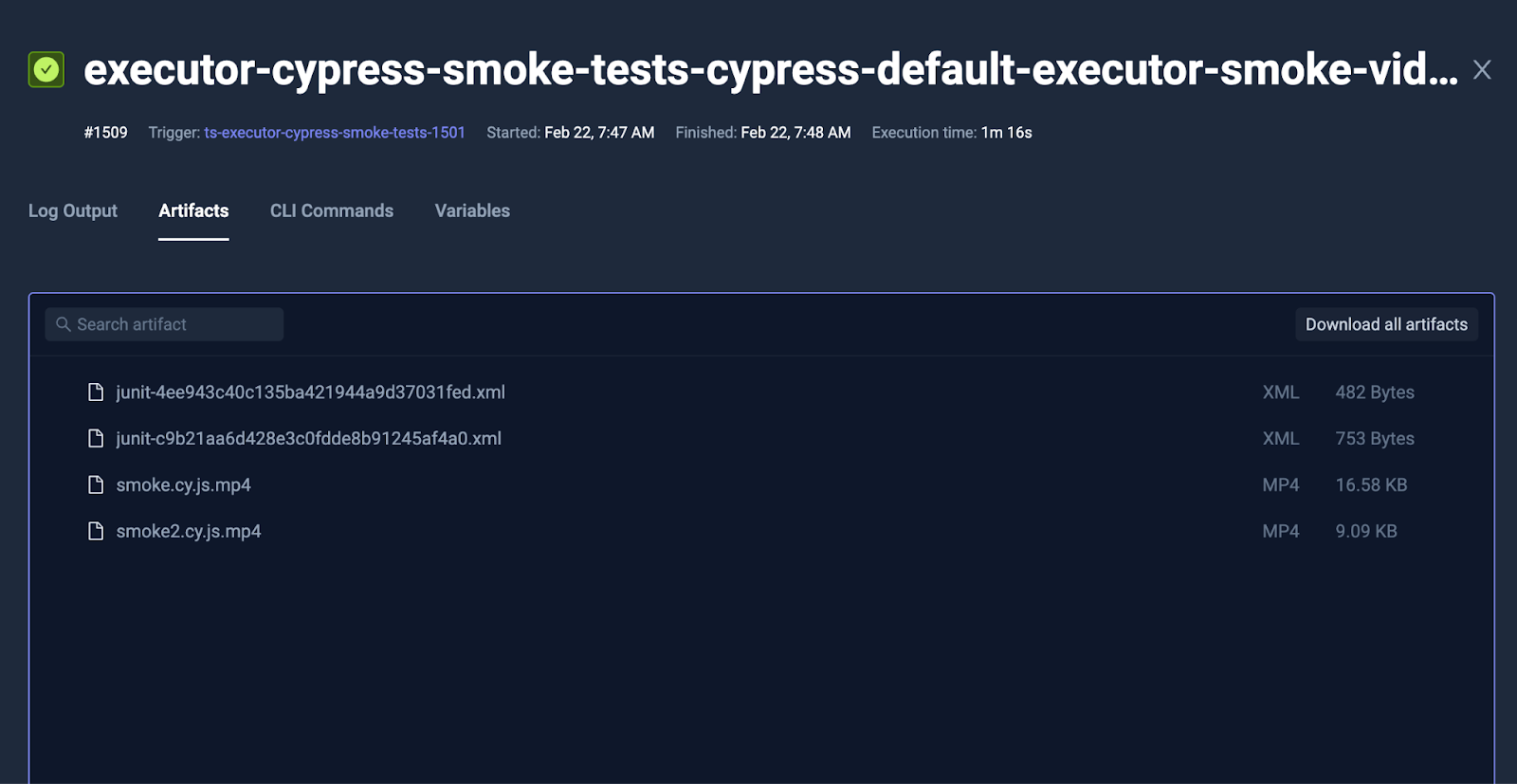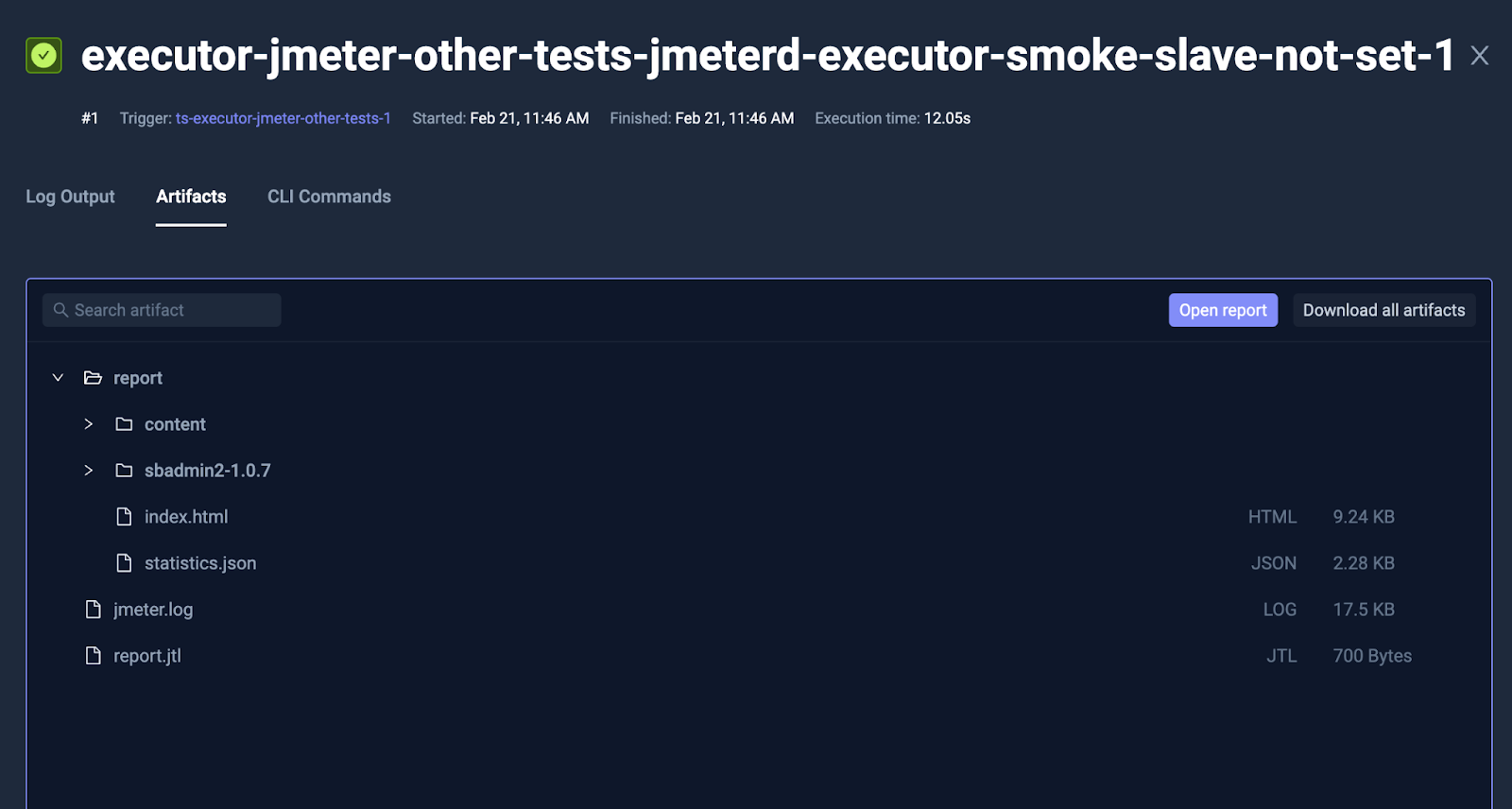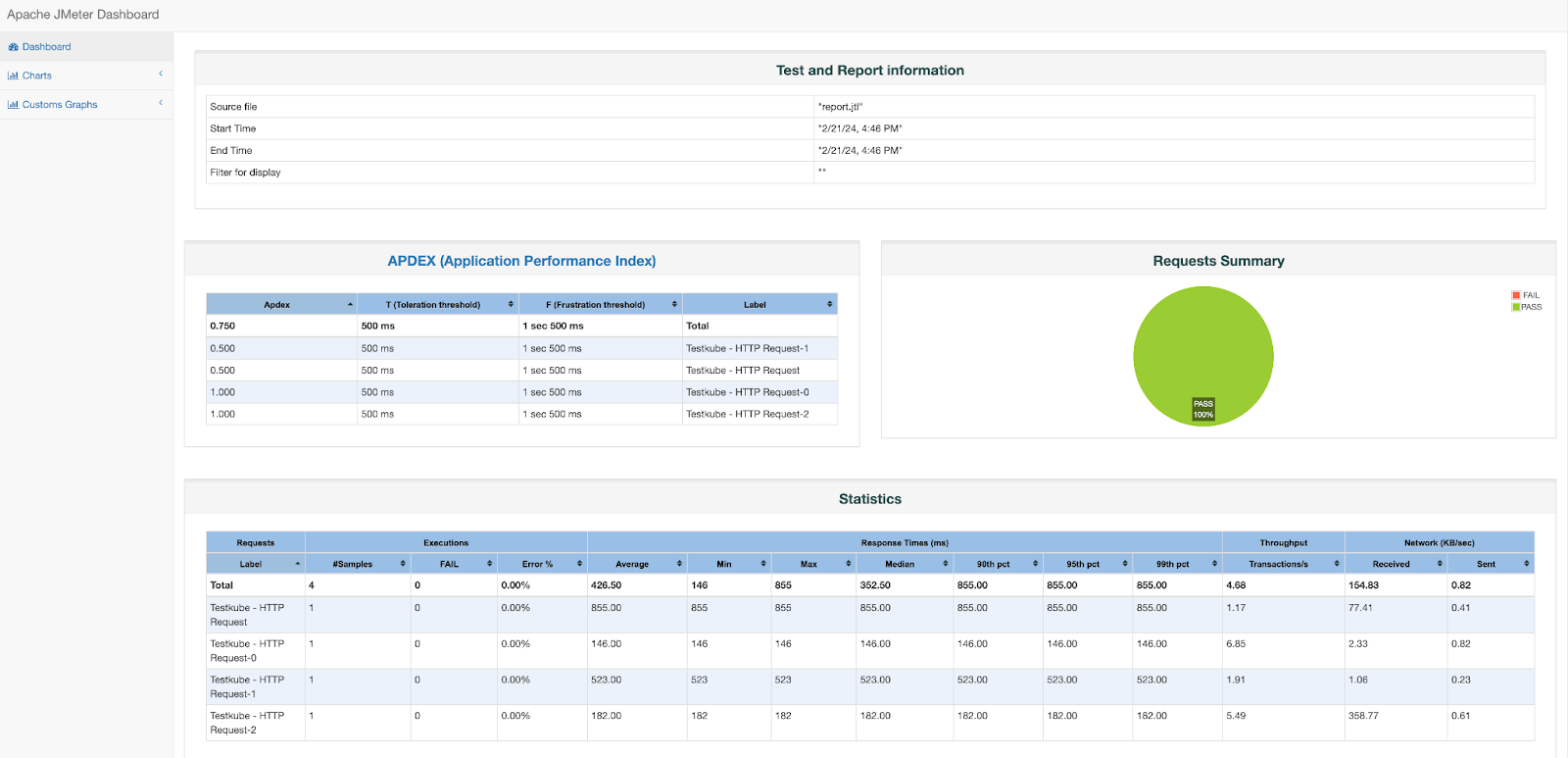

Table of Contents
Try Testkube instantly in our sandbox. No setup needed.
Try Testkube instantly in our sandbox. No setup needed.




Table of Contents
Executive Summary
Testing within Kubernetes environments presents unique challenges, particularly when it comes to visualizing test logs and reports. Traditionally, teams encounter difficulties in obtaining a holistic view of test executions across diverse tools and frameworks. This absence of a unified platform can damage collaboration and decision-making, leading to inefficiencies in the testing process.
If you’re using Kubernetes with microservices and distributed systems, you must be familiar with the complexity of visualizing your test logs and output files. With testing tools generating different outputs and logs scattered across clusters, gaining insights into your test executions is not necessarily an easy feat. This fragmented approach not only affects visibility but also stops you from timely identifying and resolving issues, which can ultimately affect the overall quality of your applications.
To address these complexities, you need a testing control plane that enables your teams to run tests from a central dashboard, share test configurations, and easily view and share their test results.
Benefits of a Centralized Testing Control Plane
Having a centralized control plane that unifies test results from various tools and frameworks provides teams with a complete overview of test executions. This unified approach helps with collaboration, streamlines decision-making, and accelerates issue resolution, enhancing the efficiency and effectiveness of your testing process. By embracing a single pane of glass approach, teams can achieve greater visibility and confidence in their testing activities, laying the foundation for continuous improvement and integration.
Having a centralized control plane for tests and test results in Kubernetes can provide you and your team with visibility, efficiency, and enhanced collaboration capabilities. Here are some of the multiple benefits of having this in place:
- Centralized Visibility: Access all test cases and their results from a single interface, providing a unified view of your testing activities across the entire Kubernetes environment.
- Efficient Monitoring: Monitor test executions, status updates, and trends in real-time without the need to switch between multiple tools or interfaces, streamlining the monitoring process.
- Improved Collaboration: A centralized dashboard provides you with better collaboration among development, testing, and operations teams by providing a shared platform where everyone can access and interpret test results, facilitating faster decision-making and issue resolution.
- Enhanced Analysis: Perform complete analysis and identify trends by comparing test results over time. This enables you to identify patterns, recurring issues, and areas for improvement.
- Simplified Debugging: Accelerate the debugging process by having all relevant test artifacts and reports readily available within the same interface, allowing you to quickly diagnose and address issues.
- Streamlined Workflow: Eliminate the need for manual aggregation and consolidation of test results from various sources, saving time and reducing the risk of errors associated with manual processes.
- Scalability and Flexibility: Scale your testing infrastructure with your Kubernetes environment while maintaining a consistent view of all tests and results.
How Development Teams Overcome Test Reporting Challenges with Testkube’s Single Pane of Glass
Testkube, a Kubernetes-native testing framework designed to execute and orchestrate your testing workflows inside your Kubernetes clusters, also includes a dashboard that gives teams a single pane of glass from which they can access test reporting and analysis.

Let’s break down its ability to enhance visual reporting and provide detailed insights through diverse testing scenarios:
Retrieving Test Output Files
Teams often rely on dynamic tools like Cypress or Playwright to validate their applications thoroughly. However, conventional test reports often fall short in providing access to these files produced after execution. Testkube's Artifacts feature bridges this gap by making these outputs accessible from the same place where you execute your tests.

Not only that, but you can also navigate through these output files and search through them as you would a file tree:

This integration empowers development teams to visually validate test results, gain insights into application interactions, and expedite the debugging process.
Detailed Test Insights with HTML Reports
Across various testing frameworks, the generation of JUnit format reports serves as an ideal for test coverage and effectiveness. Testkube simplifies the retrieval and visualization of these reports, offering a centralized dashboard to analyze test insights efficiently.

Through Testkube's intuitive interface, QA teams can swiftly identify failing tests, pinpoint potential areas for improvement, and expedite issue resolution.

Sharing Test Configurations and Results
Collaborate with your team and reduce your debugging time by sharing logs and log lines directly. Testkube’s Dashboard lets you select one or multiple lines and simply hyperlink so you can get and grant direct access to your test results:

Conclusion
Testing Kubernetes-native applications introduces complexities you must account for when building a testing workflow for your teams. A centralized testing control plane gives developers a single pane of glass view which enables centralized visibility, efficient monitoring, improved collaboration and simplified debugging via streamlined workflows.
Testkube is a testing control plane built specifically for Kubernetes. Ready to let Testkube be your trusted companion in the journey towards enhanced visualization and efficient testing in Kubernetes-based applications? Get started today by signing up with a free trial.


About Testkube
Testkube is a cloud-native continuous testing platform for Kubernetes. It runs tests directly in your clusters, works with any CI/CD system, and supports every testing tool your team uses. By removing CI/CD bottlenecks, Testkube helps teams ship faster with confidence.
Explore the sandbox to see Testkube in action.



